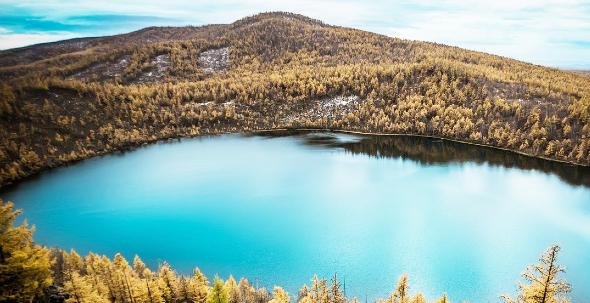
A study this month suggests that human activity and land use in areas surrounding lakes drive significant microplastic pollution in lake water.
Researchers, led by Dr Andrew Tanentzap in the University of Cambridge’s Department of Plant Sciences, found that the concentration of microparticles - plastics and fibres - in lake water quadrupled in areas with more human activity, and doubled in areas with lower forest cover.
Plastic microparticles are ingested by a range of animals, including large vertebrates, and can deteriorate water quality. However, little is known about how human activity affects the concentration of microparticles in lakes.
The researchers trawled the surface waters of 67 lakes across Europe - from Croatia to Norway - between April and September 2019, spanning 30° of latitude and a range of environments. The microparticle concentrations in the lakes were compared to published data on microplastic concentrations from the world’s rivers and oceans. This revealed that freshwaters are potential hotspots of pollution.
“Almost all attention on plastic pollution focuses on the oceans, but we have discovered that Europe's lakes - our drinking water sources – are similarly polluted by microscopic plastics and man-made fibres.”- Dr Andrew Tanentzap, Department of Plant Sciences
The study also found that microparticle concentrations in the sampled lakes were accurately predicted based on their water quality and surrounding land use. In addition to variation in microparticle concentrations with land use, there were five times fewer microparticles in lakes with more active microorganisms. This suggests that some naturally occurring species can help remove microparticle pollution. Future studies are needed to isolate microorganisms from the natural environment and test their ability to degrade microplastics and fibres.
Tanentzap A.J., et al: Microplastics and anthropogenic fibre concentrations in lakes reflect surrounding land use. PLoS Biol, September 2021. DOI: 10.1371/journal.pbio.3001389
Original University of Cambridge article.
Image credit: asmuSe, Pixaby

